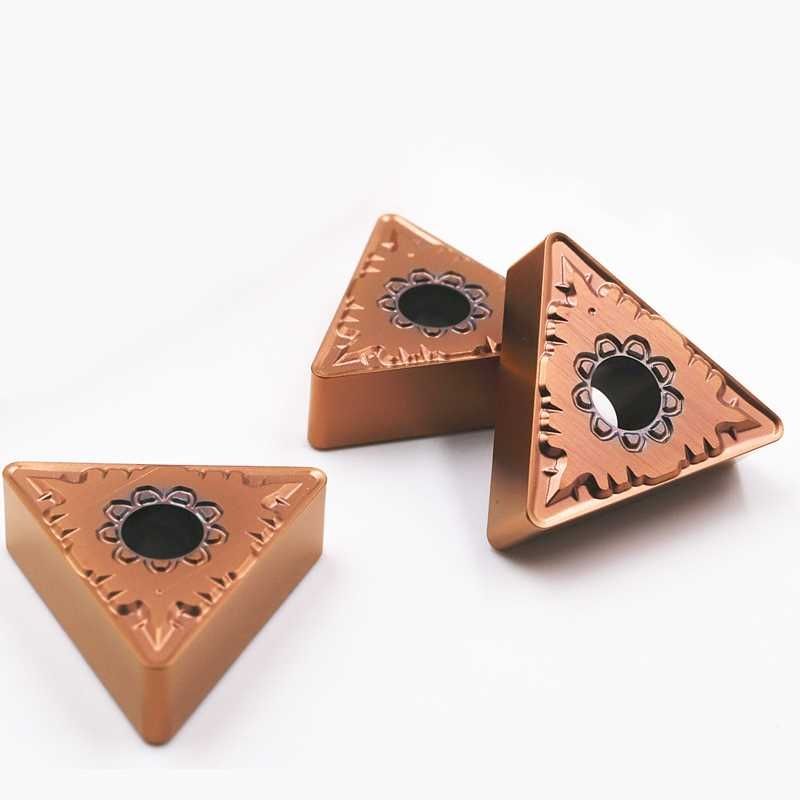- Loading...
- Loading...
-
About
Leonotis leonurus is a lamiaceae. It is identified by high shoots, as well as jumping assemblies of orange lions tail blossoms. Flowers are intense and understood to pull in hummingbirds. A fascinating mini tree that can be potted inside your home or out. Lions tail is native to South Africa, where regional tribespeople have traditionally applied parts of this plant to serpent attacks as well as utilizing it for stomach problems, epilepsy, bronchial troubles and also many more ailments. It has actually been researched for its anticonvulsant task, recommending future research study into its medicinal value. Its people use as an antiparasitic has recently been demonstrated in a research observing antihelminthic actions on parasitic eggs. Today, this plant is primarily used medicinally for menstruation discomfort. A calming tea can be made from its fallen leaves although care must be taken as high focus of its constituent leonine can be toxic. Leonotis leonorus is a fast-growing plant that can swiftly reach elevations of 3 to 6 feet (0.9 m. to 1.8 m.). The plant contains durable, upright stems that bear rounded collections of unclear, reddish-orange, tube-shaped blooms gauging 4 inches (10 cm.) throughout. The colorful blooms are very attractive to butterflies, hummingbirds and also bees. Growing Leonotis plants do ideal in full sunshine and also nearly any well-drained dirt. Lion's ear plant appropriates for growing as a seasonal in USDA plant hardiness areas 9 through 11. If you live north of zone 9, you can grow this plant as a yearly by sowing seeds in the garden soon prior to the last predicted frost in spring for fall blossoms. Lions tail is resistant, suitable for xeriscaping, self-seeding also in drier conditions. Needs at least 6 hours of sunlight daily. Growth boosts with adequate water, pruning, and also dirt fertility. Semi-evergreen shrub. Hardy to 20-25 ° F. Erect growth practice. Dark eco-friendly, long narrow leaves with gently serrated margins. Blurry orange rounded tubular blossoms grow from late spring via loss. In mild areas it is evergreen, but can freeze to ground where cold. Will certainly expand back each year. Low water requires in well-drained soil as soon as developed.Interact




